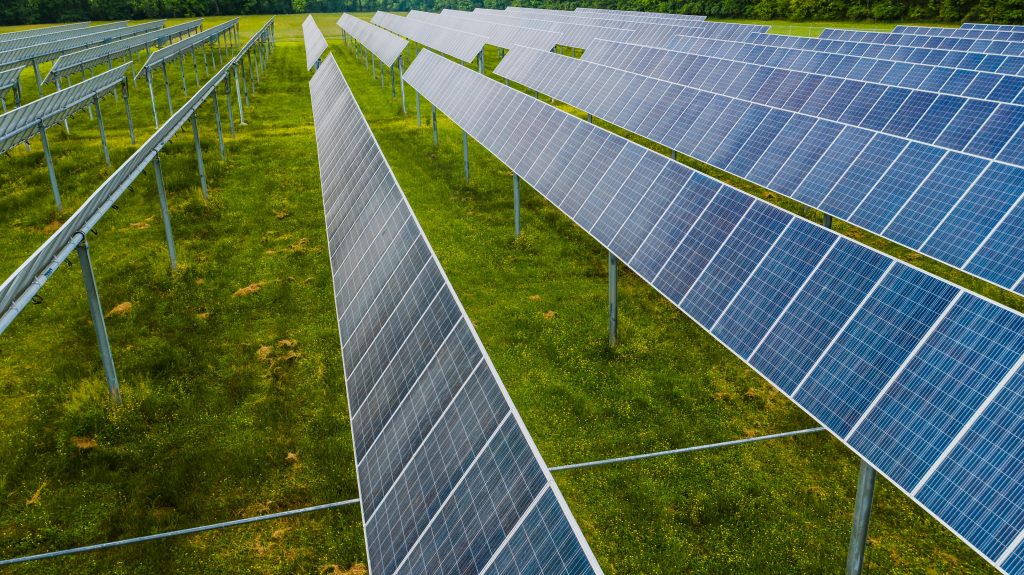Preparing for a solar installation requires understanding the many factors that shape solar panel cost in Seattle. West Seattle Electric and Solar works directly with homeowners to evaluate energy usage, site conditions, and design options, all of which influence pricing. Fall is one of the most practical times to schedule an installation, so reviewing these details now ensures your system is ready before rainy months arrive.
Household Energy Usage Shapes System Size
The foundation of any solar project is your household’s electricity demand. A typical home in the Puget Sound region consumes around 30 kilowatt hours daily, but this figure varies with appliances, heating, cooling, and lifestyle habits. Your utility bill provides a clear picture of annual usage. The more electricity you require, the larger your solar array must be, and that directly increases cost.
Reducing Energy Demand First
Improving efficiency before investing in solar is a smart step. A well-insulated home with updated appliances and LED lighting needs fewer panels to meet demand. Even small changes, such as replacing an older refrigerator, can reduce consumption enough to shrink the size of your system. By lowering your home’s electrical appetite, you lower installation costs while setting the stage for better long-term performance.
Climate and Location Considerations
Seattle averages about 3.8 peak sun hours per day, which is less than sunnier regions. This means more panels may be required here to achieve the same output as a smaller system in other areas. Seasonal conditions and local climate influence how a system performs. While solar panels operate efficiently in cooler climates, fog, clouds, and shading from nearby trees can affect overall production. Every site is unique, and evaluating these conditions is part of accurate system planning.
The Value of Solar Access
System cost depends not only on regional sunlight but also on direct access to your property. Your “solar window”—the time between 9 a.m. and 3 p.m.—should be free of shading to maximize energy production. Roof orientation and open space matter as well. If shading or placement limitations exist, additional panels may be required, which raises cost. West Seattle Electric and Solar carefully reviews these conditions to ensure your investment produces the results you expect.
Scaling Systems Over Time
Solar systems do not have to be installed all at once. Many homeowners choose to begin with a smaller setup that offsets a portion of their daily usage, then expand later as budgets allow. Grid-tied systems make this possible since the remaining electricity needs can still be purchased from the utility. Designing with expansion in mind offers flexibility while keeping initial expenses manageable.
Incentives That Reduce Costs
Washington State offers financial incentives for solar installations, especially when using panels and inverters manufactured locally. Federal tax credits also reduce upfront expenses, while low-interest financing options are available through some lenders. These opportunities make solar adoption more affordable and improve long-term value. Taking advantage of these programs before fall ensures your project moves forward smoothly, without delays from seasonal weather.
Options for Business Installations
Commercial properties can also benefit from solar. Commercial properties can reduce operating expenses while also benefiting from tax incentives and faster depreciation options. Systems may use traditional panels, thin-film modules, or tracking technologies depending on the site. As with residential projects, site conditions and energy needs determine final costs, but incentives make the investment more appealing.
Preparing Before Seasonal Shifts
Fall weather can make installation more challenging if projects are scheduled too late. Planning now allows time to review energy usage, improve efficiency, and take advantage of incentive programs while weather conditions are favorable. Having your system in place before shorter days and wetter months ensures steady renewable energy generation throughout the season.
Support from a Local Expert
West Seattle Electric and Solar helps homeowners and businesses evaluate system size, costs, and installation timelines with careful attention to site conditions. By preparing in advance, you can move into fall with a solar system designed to meet your specific needs.
Further Reading:
- Boosting Solar Energy Efficiency with a Quiet Cool Fan System
- Using Solar and Quiet Cool Fans to Keep Your Home Comfortable
Moving Forward with Solar
Understanding what shapes solar panel cost in Seattle allows you to prepare for a smoother installation before fall begins. Each element, from improving efficiency to taking advantage of incentives, plays a part in determining the overall cost of your system. West Seattle Electric and Solar is here to guide you through each step.
Contact us today to start planning with solar panel cost in Seattle.








